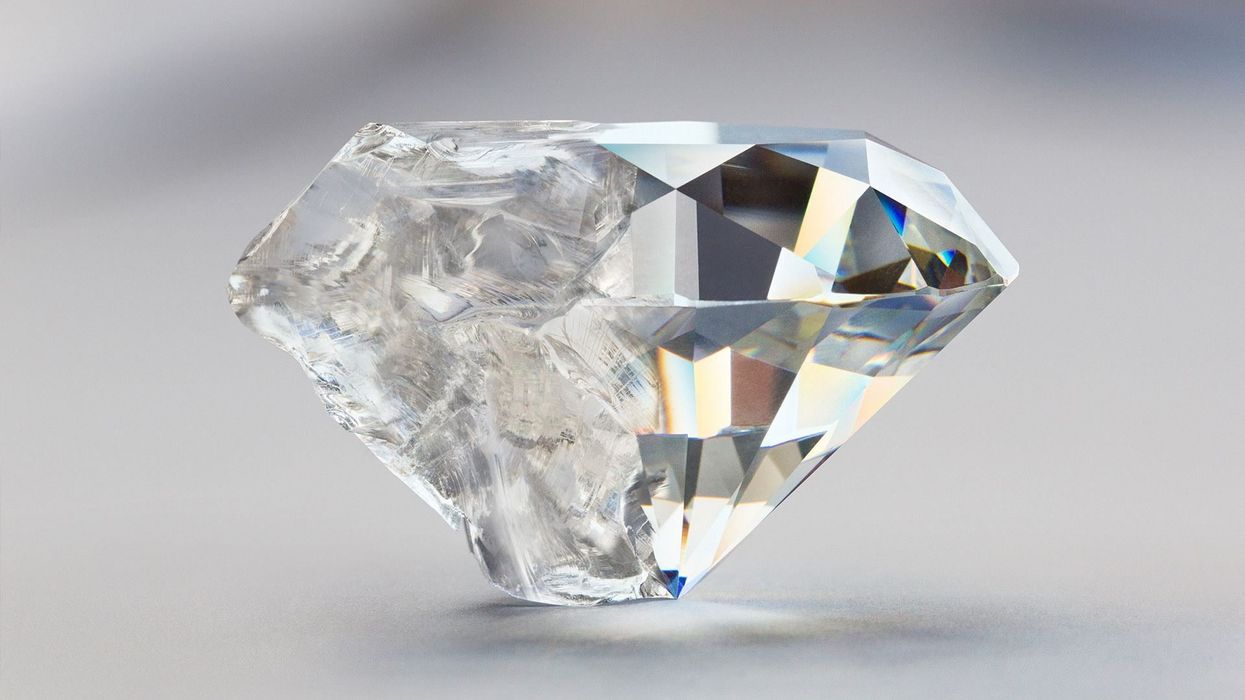Ellie Abraham
Aug 22, 2024
Lab-grown versus natural diamonds: Which one is the real deal?
Straight Arrow News / VideoElephant
Diamond is one of the hardest materials known to man, but experts think it can be squashed into something even harder.
The precious stone is a naturally occurring substance made of carbon crystals. It is found in the Earth, with research even suggesting ‘fountains of diamonds’ could be sent shooting up to the surface as part of a major geological event.
While it was previously thought to be one of the hardest materials because of its tetrahedral lattice, which is an incredibly rugged particle structure, experts have figured out a way to transform it into something even harder.
Physicists from the US and Sweden have come up with a simulation that is believed to be 30 per cent more resistant to compression than diamonds.
The experts ran quantum-accurate molecular-dynamics simulations on a supercomputer, in order to test how diamond behaves under high pressure and temperatures which should theoretically make it unstable.

Their results revealed how details about the conditions under which carbon atoms in diamonds can be pushed to create the unusual structure.
The configuration is known as the eight-atom body-centred cubic (BC8) phase and has only been observed on Earth in two other materials – silicon and germanium.
On Earth, the BC8 phase of carbon doesn’t naturally exist, but it is thought that in outer space in the highly-pressurised environments inside exoplanets, it may do.
Physicist Jon Eggert, from the Lawrence Livermore National Laboratory, explained: “The BC8 structure maintains this perfect tetrahedral nearest-neighbor shape, but without the cleavage planes found in the diamond structure.”
While the theory is sound, attempts to synthesise it, in reality, have as yet been unsuccessful. This is because there is a very small region of temperature and pressure under which the BC8 phase can occur and those ranges are unknown.
Physicist Ivan Olyenik from the University of South Florida, explained: “We predicted that the post-diamond BC8 phase would be experimentally accessible only within a narrow high-pressure, high-temperature region of the carbon phase diagram.”
Sign up for our free indy100 weekly newsletter
How to join the indy100's free WhatsApp channel
Have your say in our news democracy. Click the upvote icon at the top of the page to help raise this article through the indy100 ranking
Top 100
The Conversation (0)













